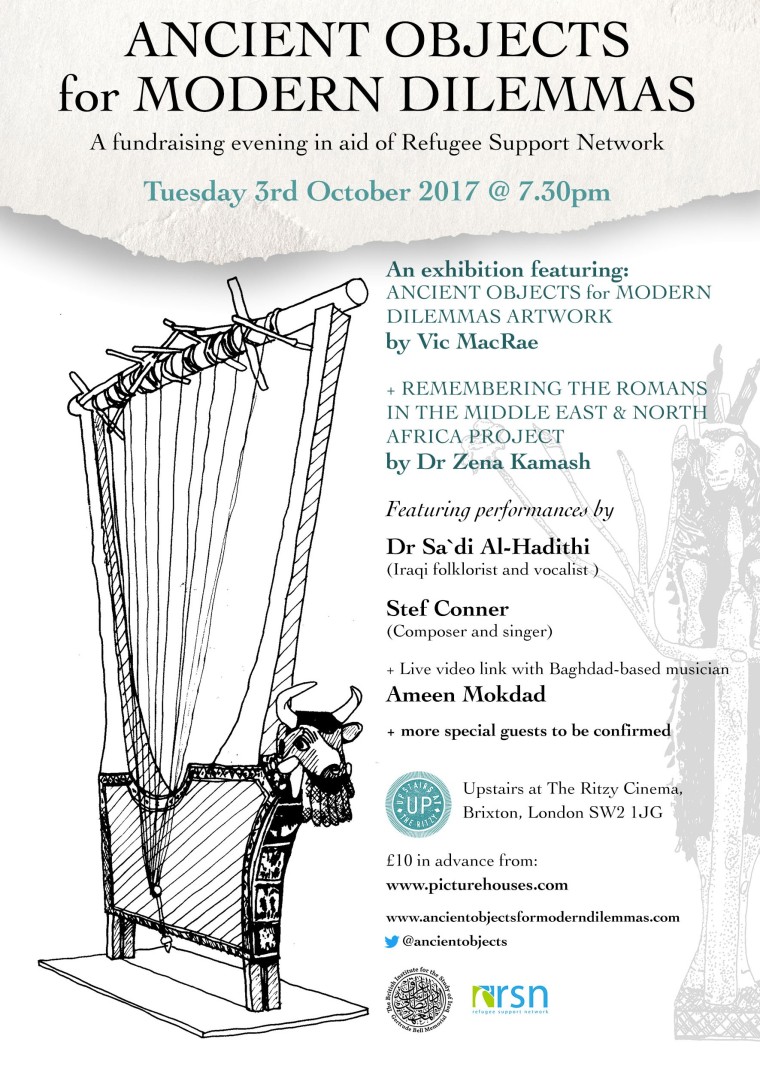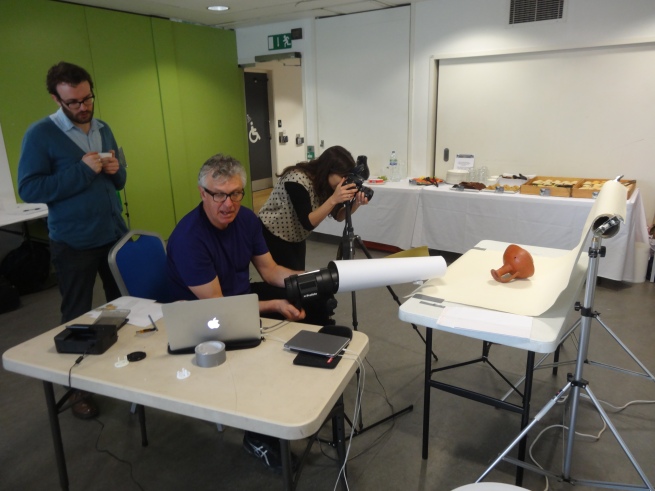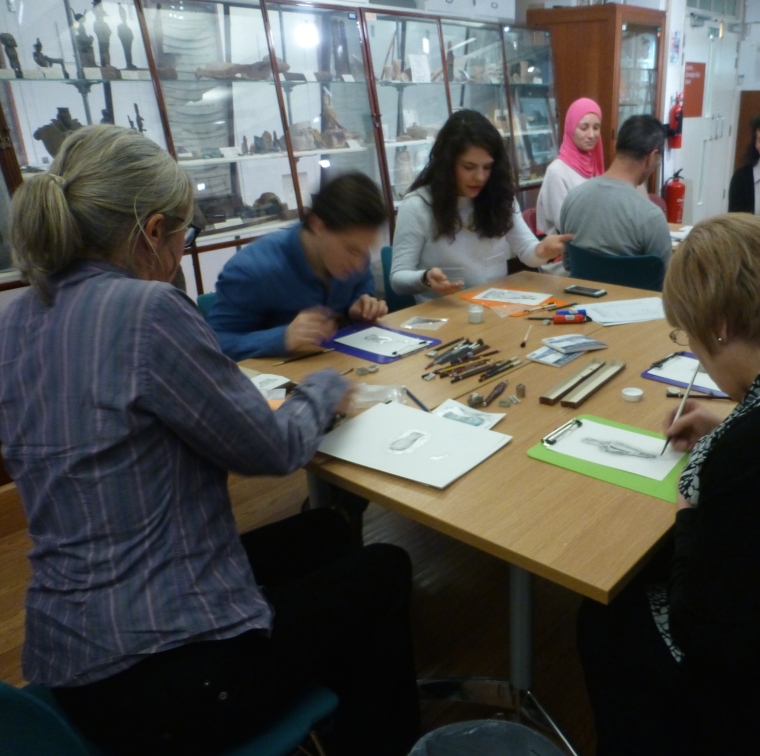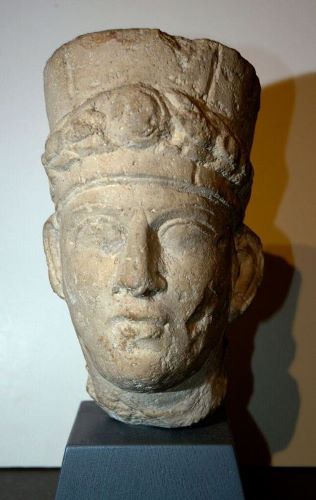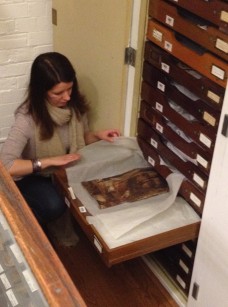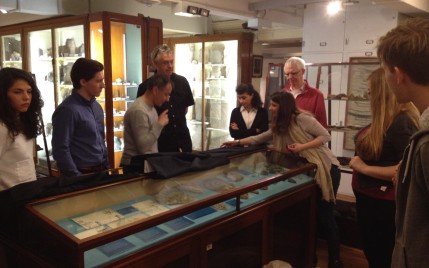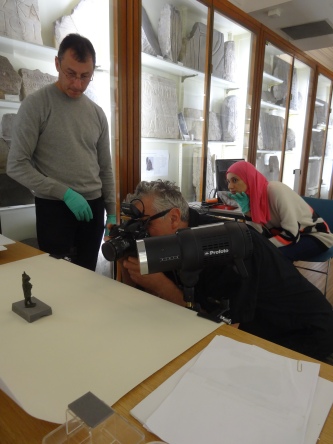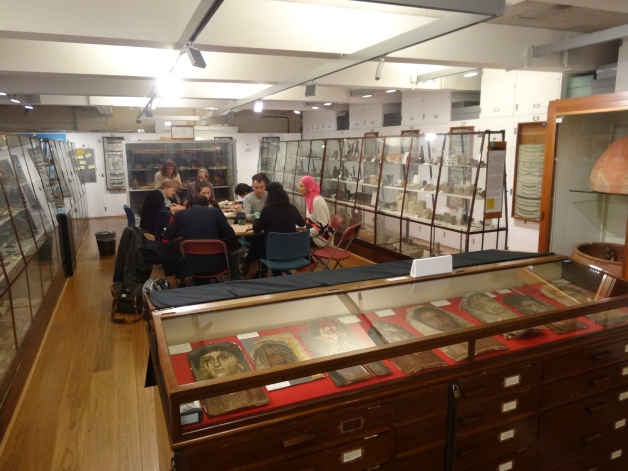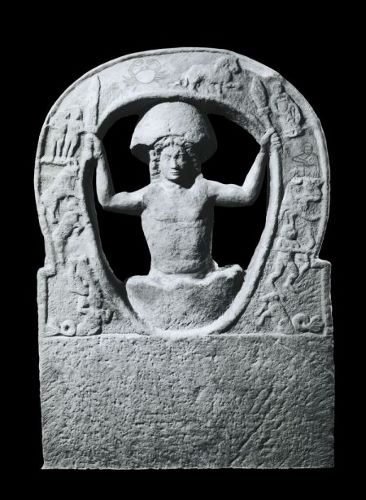Our heartfelt thanks once again to Alice Stevenson and the staff at the Petrie Museum in London for all their help with the second of our workshops on 25 April. Once again we had the museum to ourselves, and were treated to special access to several items not usually on public display. Here we are being shown examples from the museum’s large collection of ancient Egyptian papyri, including an exquisite copy of the Book of the Dead.
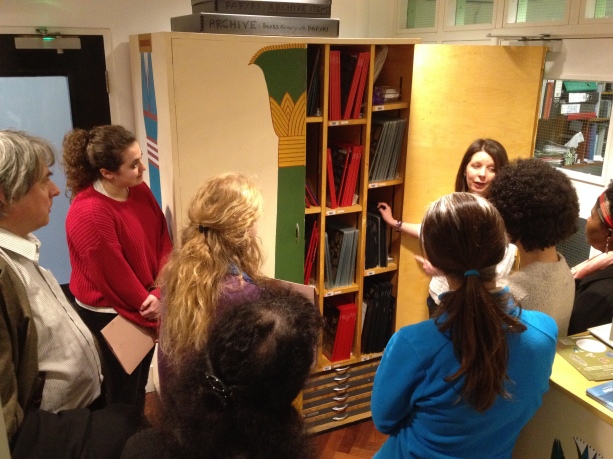
Participants again had the chance to handle Roman objects from Egypt, and to consider how best to photograph them, with the help of Rory Carnegie, our professional photographer.
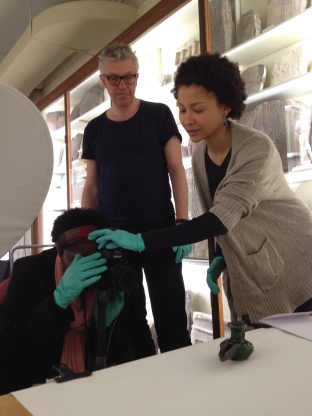

Everyone found it inspiring to explore the huge and varied collection at the Petrie Museum, and to have the time to examine thoroughly those objects that caught their imagination. Often, with the assistance of Sarah Ekdawi, they wrote about memories that the objects had evoked in them, or they created new stories about an object’s history, or they imagined how the objects themselves might feel about being in a museum.
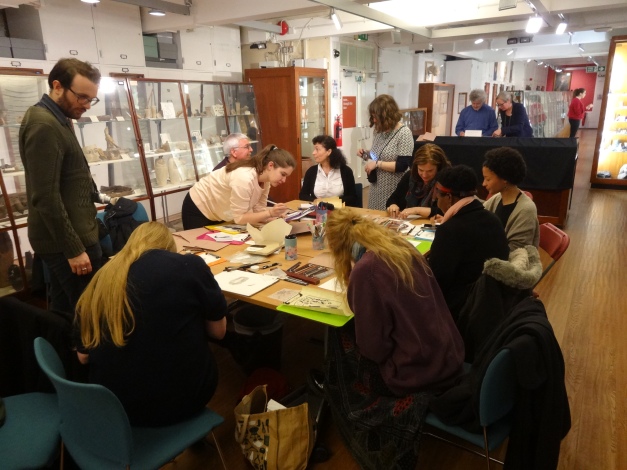
Above all, people enjoyed drawing the objects they had selected and, guided by our artist, Miranda Creswell, applied silver leaf to enhance their creations.
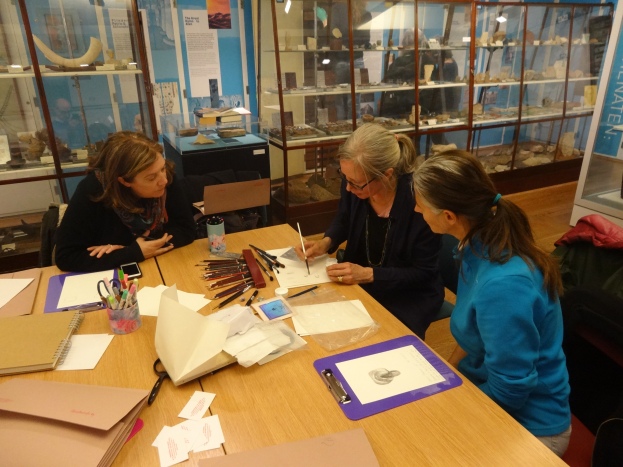
As always, the participants could take home with them the drawings, photographs, writings, and memories that they had created. They also gave permission for us to post their creations on our Gallery page.
It’s quite sad to leave the Petrie Museum after meeting so many interesting new people at the workshops, and creating such wonderful new memories about the Romans in ancient Egypt, but the project now moves to the North. We are holding two new workshops in the Great North Museum in Newcastle on the 9th and 10th of May. The format will be the same, with writing, drawing and photography, assisted by our experts. Once again there will be Roman objects to handle and examine up close, but also some wonderful galleries of objects from Hadrian’s Wall and elsewhere with connections to the ancient Middle East.
The workshops are free, and we supply all the materials, lunch and refreshments. What new memories will you create? Let us know which workshop you would like to attend at: rememberingromans@gmail.com.
